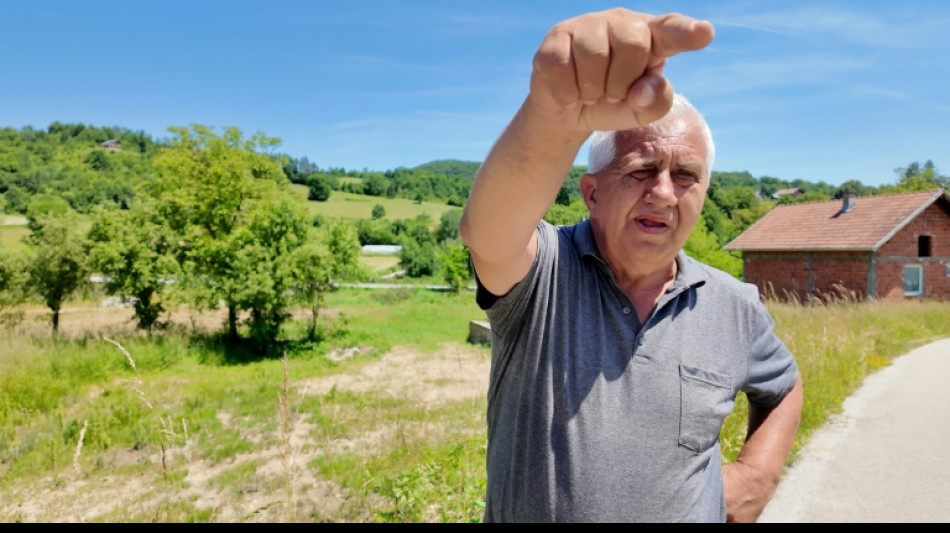
-
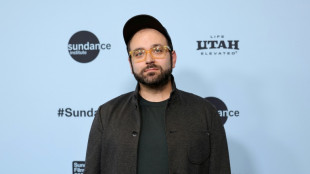 'Predators': how reality TV explains Epstein obsession
'Predators': how reality TV explains Epstein obsession
-
Most Asian markets track Wall St higher after US inflation data

-
 India, Pakistan trade accusations after Asia Cup trophy debacle
India, Pakistan trade accusations after Asia Cup trophy debacle
-
Power-packed Australia favourites to rewrite World Cup history

-
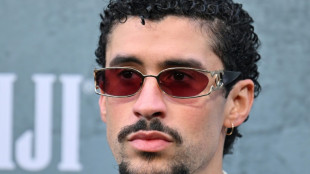 Latin artist Bad Bunny to headline Super Bowl half-time show
Latin artist Bad Bunny to headline Super Bowl half-time show
-
Air France, Airbus back on trial over doomed 2009 Rio flight

-
 India's divine designs meld with AI at Durga Puja festival
India's divine designs meld with AI at Durga Puja festival
-
Donald won't rule out Ryder Cup captain return after Europe win

-
 Who is Matthieu Blazy, the new man at Chanel?
Who is Matthieu Blazy, the new man at Chanel?
-
'New chapter': Paris Fashion Week to showcase industry makeover

-
 Bradley on US Ryder Cup loss: 'This is no one's fault but mine'
Bradley on US Ryder Cup loss: 'This is no one's fault but mine'
-
Four killed in attack on northern US Mormon church
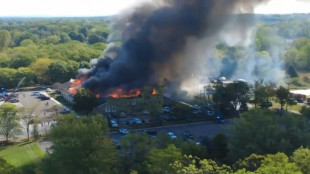
-
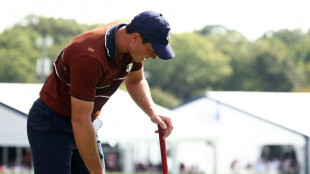 Bradley calls for Ryder Cup rule change for injuries
Bradley calls for Ryder Cup rule change for injuries
-
McIlroy slams 'unacceptable' Ryder Cup heckling

-
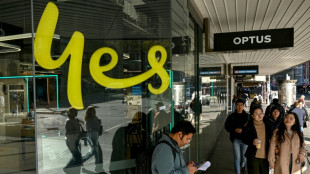 Embattled Australia telco giant hit by another major outage
Embattled Australia telco giant hit by another major outage
-
Mahomes leads resurgent Chiefs in Ravens rout, Eagles stay unbeaten

-
 Moldova's pro-EU party tops polls hit by Russian meddling claims
Moldova's pro-EU party tops polls hit by Russian meddling claims
-
Europe win emotional Ryder Cup triumph after US fightback
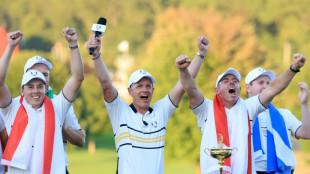
-
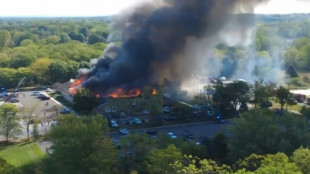 Two dead after shooting, fire at US Mormon church
Two dead after shooting, fire at US Mormon church
-
Europe must step up efforts to protect environment: report
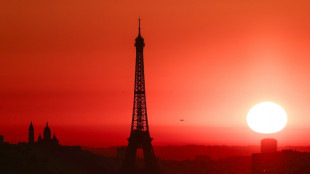
-
 Eagles down Bucs to stay unbeaten, Bills march on
Eagles down Bucs to stay unbeaten, Bills march on
-
Incumbent absent as Cameroon presidential campaigning picks up
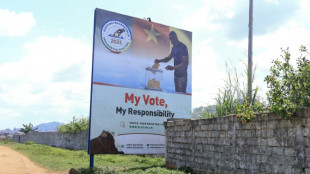
-
 AC Milan beat champions Napoli to make Serie A title statement
AC Milan beat champions Napoli to make Serie A title statement
-
Scores arrested on second day of Morocco protests: NGO

-
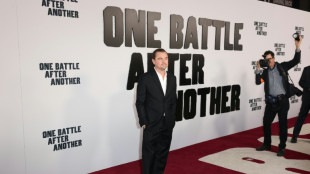 'One Battle After Another' debuts top of N. America box office
'One Battle After Another' debuts top of N. America box office
-
Two dead after US shooting, fire at Mormon church
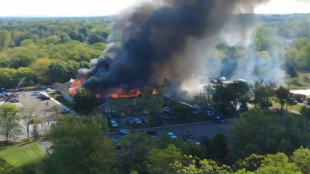
-
 Mitchell open to coaching first Women's Lions in 2027
Mitchell open to coaching first Women's Lions in 2027
-
Vagnoman sends Stuttgart past Cologne in Bundesliga

-
 Stars turn out for Armani's final collection in Milan
Stars turn out for Armani's final collection in Milan
-
Massive Russian drone and missile attack kills four in Kyiv
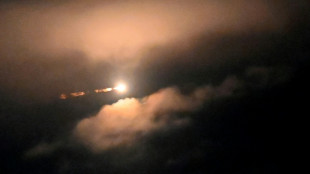
-
 Arsenal showed 'ambition' of title winners in Newcastle win: Arteta
Arsenal showed 'ambition' of title winners in Newcastle win: Arteta
-
Free Picasso park to open in Paris in 2030
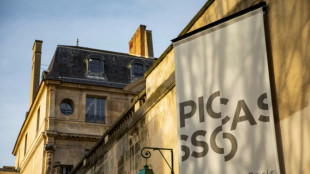
-
 Barca beat Real Sociedad to top Liga as Yamal returns
Barca beat Real Sociedad to top Liga as Yamal returns
-
Arsenal strike late for 'beautiful' Newcastle win, close in on Liverpool

-
 Barca beat Real Sociedad to go top as Yamal returns
Barca beat Real Sociedad to go top as Yamal returns
-
Kildunne says 'no reason' England can't win Rugby World Cup again

-
 Arsenal strike late to beat Newcastle, close in on Liverpool
Arsenal strike late to beat Newcastle, close in on Liverpool
-
Lyon win at Lille to stay level at top of Ligue 1 with PSG

-
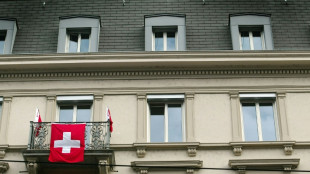 Zurich votes to ban petrol leaf blowers
Zurich votes to ban petrol leaf blowers
-
Starmer warns UK Labour in 'fight of our lives' as party meets

-
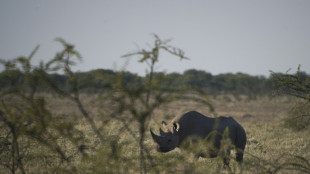 Namibia deploys 500 soldiers to fight Etosha fire
Namibia deploys 500 soldiers to fight Etosha fire
-
Ryder Cup start host steps down after expletive-filled McIlroy chant
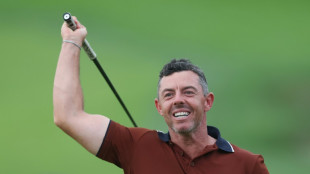
-
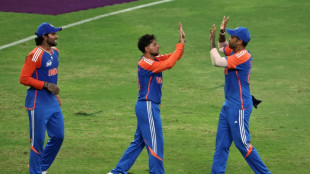 Kuldeep helps India bowl out Pakistan for 146 in Asia Cup final
Kuldeep helps India bowl out Pakistan for 146 in Asia Cup final
-
Dominant Europe on the brink of historic Ryder Cup triumph
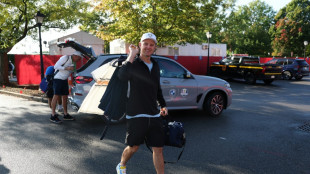
-
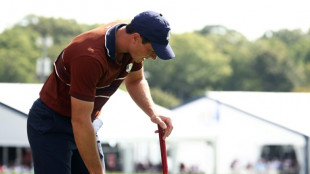 Injured Hovland withdraws from Ryder Cup as Europe moves closer to win
Injured Hovland withdraws from Ryder Cup as Europe moves closer to win
-
Roma beat Verona to join Napoli at Serie A summit

-
 Watkins sparks Aston Villa revival for first Premier League win
Watkins sparks Aston Villa revival for first Premier League win
-
Pogacar defends cycling world title with solo run
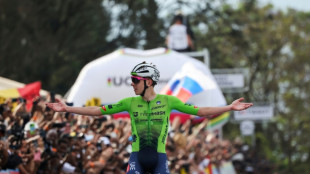
-
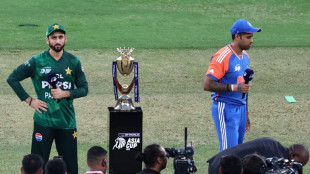 No handshake again as India bowl against Pakistan in Asia Cup final
No handshake again as India bowl against Pakistan in Asia Cup final
-
Zverev downs racket-smashing Moutet in Beijing as Gauff digs deep


Relatives struggle to find last 1,000 Srebrenica victims 30 years on
Sadik Selimovic's relief at surviving the Srebrenica massacres 30 years ago did not last long.
When he found out that his father and three brothers had not been so lucky, his life took the "only possible turn" -- to find them.
Three decades on, the 62-year-old, who was driven to become an investigator at the Bosnian Institute for Missing Persons, cannot hide his anguish that the remains of around 1,000 of the victims have yet to be found.
More than 8,000 Muslim men and boys were killed within a matter of days in July 1995 after Bosnian Serb forces captured Srebrenica, which was supposed to have been a UN "protected zone" watched over by Dutch peacekeepers.
"Over the past three years, we have searched 62 locations" hoping to discover mass graves from the slaughter -- since declared a genocide under international law -- "but we have not found a single body," Selimovic told AFP.
"Those who know (where the graves are) do not want to say," he said.
Selimovic spends his time searching for witnesses among the Serbs living in and around Srebrenica, often his neighbours, school friends or those he worked with before the war at the Potocari battery factory, now a genocide memorial centre.
"How can they live with what they know?" he said. "I can't understand it. But it has to be said, there are people who have talked."
- Mass graves -
The last mass grave of Srebrenica victims, which held 10 bodies, was discovered in 2021 in the Dobro Polje area, 180 kilometres (111 miles) southwest of the town.
More than 6,800 of the dead, some 80 percent, have been identified, said Dragana Vucetic, a forensic anthropologist at the International Commission for Missing Persons (ICMP).
But that work has been complicated by the gruesome way the perpetrators tried to cover up their crimes.
The ICMP morgue and the Bosnian Missing Persons Commission in Tuzla hold the remains of "90 cases whose genetic fingerprint has been isolated" but who have not yet been identified.
There are also about 50 identified victims whose "families do not wish to validate the identification and bury them, most often because skeletal remains are incomplete", said the expert, who has worked investigating the genocide for more than two decades.
Initially, the victims' bodies were thrown into mass graves near the "five mass execution sites".
"A few months later, these graves were opened, and the corpses, already in the early stages of decomposition, were transported to other locations, sometimes hundreds of kilometres (miles) away," said Vucetic.
- Hiding the evidence -
The bodies were then "torn to pieces" by mechanical shovels and bulldozers and transported, often to two or three different locations, in an attempt to conceal the crime.
"Only 10 percent of bodies found during exhumations were complete," said Vucetic. DNA testing has allowed some skeletons to be reconstructed, sometimes from parts found in four different mass graves.
About 6,000 people were identified between 2012 and 2022, but since then the process has slowed, with only three this year so far.
Mevlida Omerovic, 69, has been hoping since 2013 that more of her husband Hasib's skeleton would be found so she could lay him to rest.
He was killed aged 33 with his brother Hasan.
"There's just his jaw, but I have now decided to bury him" at the Srebrenica memorial centre during the commemoration of the genocide's 30th anniversary on July 11, she said.
"We will know where his grave is and we will be able to go there and pray."
Her brother Senad, who was 17 when he was killed, has never been found.
The investigator Selimovic found the remains of his brothers and father. The last, his younger brother Sabahudin, was buried in 2023.
But he has no intention of stopping looking for the others. "That's what keeps me alive. I know what it feels like when you're told your loved one has been found," he said.
So he reads and re-reads testimonies and criss-crosses the area, revisiting the same places dozens of times. "We will find some (more) people," he insisted. "If other mass graves exist -- and I think they do -- we will find them."
But he fears the Drina River, which flows near Srebrenica forming the border between Bosnia and Serbia, "is the biggest mass grave of all", he said.
"No one will ever find those who ended up there."
R.Flueckiger--VB
